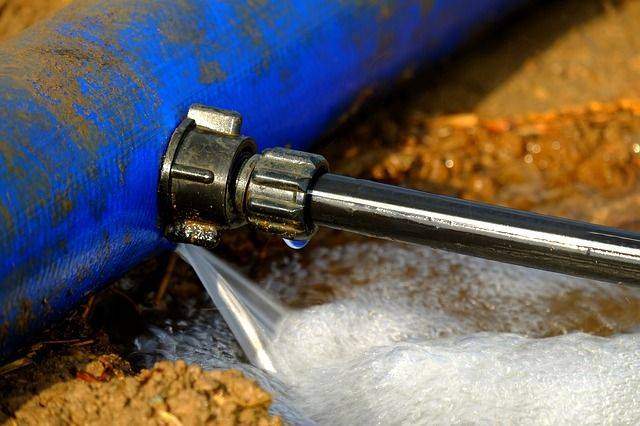
For varying reasons, water damage is a common occurrence. While many of us understand the importance of plugging the water source and shutting off electricity, not many are aware of what to do next. Time is of the essence in such scenarios because within 24 hours, your items will begin breeding mold. The following list of tips will help you with the assessment and actual water damage repair.
1. Kinds Of Water
As it turns out, there are three categories or types of water. The first type is considered clean water that comes from rain, leaky pipes, and condensation and so on. It is harmless and can be cleaned by you. The second type is known as gray water. This one comes from washing machines, dishwashers, and clean toilets and so on. Although this type features some contaminants, you can still clean it while making use of proper gear for your own safety. The third type is known as black water and comes from sewerage or river flooding. This type is the one you should steer clear of and call professionals right away.
2. Keep An Eye Out For Molds
The first step of water damage repair is to inspect the damaged materials for mildew and mold. Mold starts to take form within 24 hours given that the conditions are right. Mold is hazardous to your health and you should check for it regularly after you’ve been a victim of water damage.
3. Dry Out The Affected Area
To minimize the damage, obliterate all of the moisture as soon as possible. Make sure you’re thorough during this process. Make use of fans for enhancing air circulation and expediting the drying process in the areas that have been affected. You can make use of dehumidifiers as well to dry out the surrounding carpet, wood, and other materials.
4. Get Rid Of Porous Materials
Your insulation, fabric, carpet and similar items are porous materials. Once they become soaked in water, you will have to, in most cases, cut them out and discard them. Porous materials take the most damage because water either shrinks them or warps them. The dampness becomes home to mildew rendering them as potential threats to your health. Unfortunately, unsealed cement, wood, and drywall are also porous materials.
5. Disinfecting Remaining Materials
Once you’ve taken out the damaged items, make sure to disinfect the entire area prior to starting work. You can either make use of a bleach solution or go for homemade remedies. You should lightly spray and then wipe down the whole area before you begin water damage repair.
6. Focusing on Ceilings First
Attending to ceilings that have been exposed to water damage is crucial. You need to attend to them before sagging or worst; collapsing, takes place. It is imperative that you take out the affected ceiling panels first to prevent further damage to the ceiling.
7. Replacing Compromised Wood
Bad news first; every wood piece that has become warped, rotten or wood that has signs of mold growth will have to be discarded. Take out the compromised boards and ensure proper cleaning underneath them before you install new boards.
8. Measuring and Replacing Drywall
If your drywall has a sagging/swelling of 3/8th of an inch from the original position; replacing the entire sheet is the only viable option. You can, however, choose to cut out and repair the water-stained area but there’s a high chance that you might not be able to cater to all of the compromised parts and the damage will continue to spread. Make sure you check the insulation under the drywall as well for any water damage. We suggest you hire one of the many Water Damage Contractors for this task.
9. Caulk and Paint
Now that you’ve replaced the materials, make use of paint to cover up the patchwork. You should also consider sealing and caulking the new materials.
That’s all folks! We would strongly advise that you do opt for professional help rather than trying to do all of this on your own. The reason is simple; professionals have had plenty of experience regarding water damage and corresponding repairs. Let them do the job they have the expertise for rather than trying to do it on your own and overlooking important factors